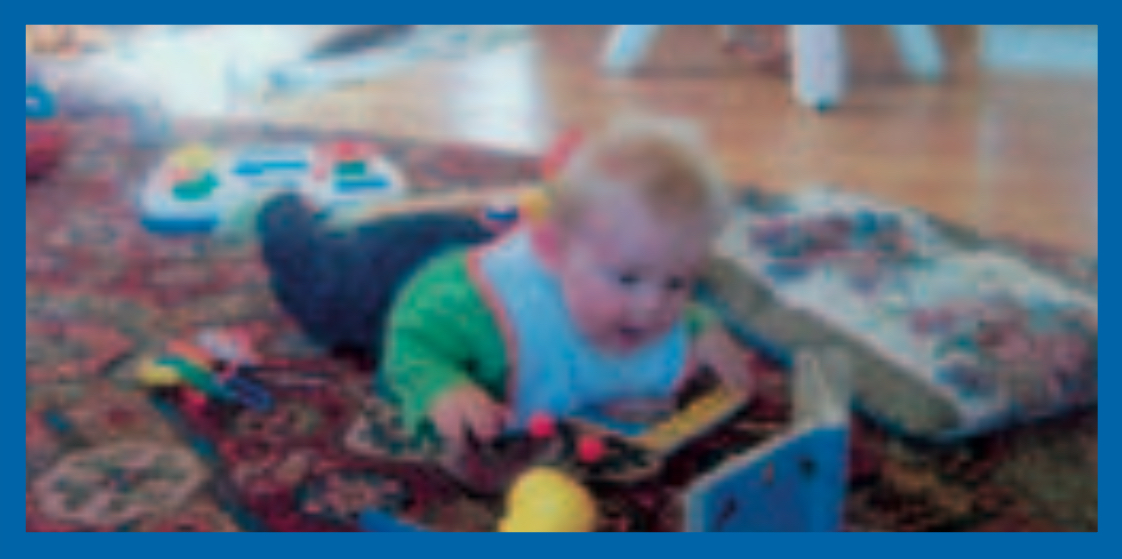Kei Tua o te Pae
Kei Tua o te Pae/Assessment for Learning: Early Childhood Exemplars is a best-practice guide that will help teachers continue to improve the quality of their teaching.
The exemplars are a series of books that will help teachers to understand and strengthen children's learning. It also shows how children, parents and whānau can contribute to this assessment and ongoing learning.
We are making improvements to our download-to-print functionality. So if you want a printed copy there are PDF versions available at the bottom of the main cover page.
The four domains of Exploration – Ngā rohe e whā o te Mana Aotūroa
Te Whāriki elaborates on the Exploration/Mana Aotūroa strand as follows:
"Ko te whakatipuranga tēnei o te mana rangahau, me ngā mātauranga katoa e pā ana ki te aotūroa me te taiao … Ka ako te mokopuna i tōna ōritetanga me tōna rerekētanga ki te taiao. Ka titiro whānui, ka titiro whāiti ki ngā taonga o te ao … Kia mātau ia ki tōna aotūroa mai i te rongo ā-taringa, rongo ā-whatu, rongo ā-waha, rongo ā-ihu, rongo ā-ringa, ronga ā-kiri, ā, mai hoki i ōna whatumanawa.6
The child learns through active exploration of the environment. Children experience an environment where:
- their play is valued as meaningful learning and the importance of spontaneous play is recognised;
- they gain confidence in and control of their bodies;
- they learn strategies for active exploration, thinking, and reasoning;
- they develop working theories for making sense of the natural, social, physical, and material worlds." 7
The four interwoven domains of Exploration/Mana Aotūroa are described (as goals) in the English text of Te Whāriki, and each domain includes indicative learning outcomes.
Each exemplar presented in this book can be allocated to one of these four domains.
-
Exploration through play
Children learn through play – by improvising, randomly exploring, compromising, negotiating, and being playful.
-
Confidence with and control of the body
-
In early childhood, one of the most visible achievements is often a child’s increasing control over their body. Children will achieve a range of milestones on the way to this control, sometimes in an idiosyncratic order. Assessments refer to earlier achievements and may highlight the motivation and curiosity associated with physical explorations, as demonstrated in the exemplar “The acrobat”.
Assessments give value to sensory ways of knowing and to the developing co-ordination of mind, body, and spirit. In “Tapahia me ngā kutikuti – Cutting with scissors”, looking, thinking, preparing, and practising are listed as strategies for tackling a difficult task and are documented in English and Māori. The exemplar “I’m getting better and better” emphasises the importance of self-assessment to physical achievements as well as acknowledging that Amy is developing the useful skill of perseverance.

-
-
Strategies for active exploration, thinking, and reasoning
When children have chosen their own activities, or when they have come to “own” an activity or find personal meaning in it, they are more likely to be closely involved in the activity and to ask and follow up on their own questions or questions that interest them. Often these questions will not be expressed in words.
In “What’s over the fence?”, children use a range of strategies to explore the local environment, including listening to stories of the past and thinking about questions.


Drawing a plan and modifying the design during construction prove to be useful strategies in “Sabine designs a swing”. The exemplar “A budding archaeologist” shows Logan being introduced to the research strategies used by archaeologists in the real world. “I thought about it like this” describes Luka imagining a solution and lists the other strategies he uses, including the way he teaches and assists others.
-
Working theories for making sense of the natural, social, physical, and material worlds
Working theories is another name for knowledge, and the term reflects the dynamic nature of children’s exploration. Jane Gilbert writes about new ways to think of knowledge and learning.11 She suggests that significant knowledge is often important for what it can do, that is, for its usefulness. Working theories are exactly that: they are useful for solving problems or making sense of the world, and when they become less useful, they can be changed.
Te Whāriki is a bicultural curriculum, and mātauranga Māori has distinctive features. A Ministry of Research, Science and Technology paper commented that:
"mātauranga Māori is a system which codifies knowledge according to its relatedness to environmental and life issues, rather than to what things are themselves." 14
Writing about the development of a national science curriculum in Māori, Elizabeth McKinley commented that it “opened up space to contest whose knowledge and whose ways of knowing are included”.15
Sources of mātauranga Māori include kaumātua and respected elders in the community, and children learn to respect and listen to their voices. Children learn “old” knowledge, handed down from generation to generation, and “new” knowledge in the form of working theories that are also useful for specific purposes. Exemplars include a grandmother explaining the significance of the morning stars in “Te haeata – Dawn”; a group of children trying to make sense of an arson attack at the local marae in “Fire at the marae”; and children exploring a common New Zealand experience (camping) in “So, what is camping?”, investigating a reflection in the mirror in “Self in the mirror”, and using assessment portfolios to make sense of the self as a learner in “‘O le matamatagā tusi”.
